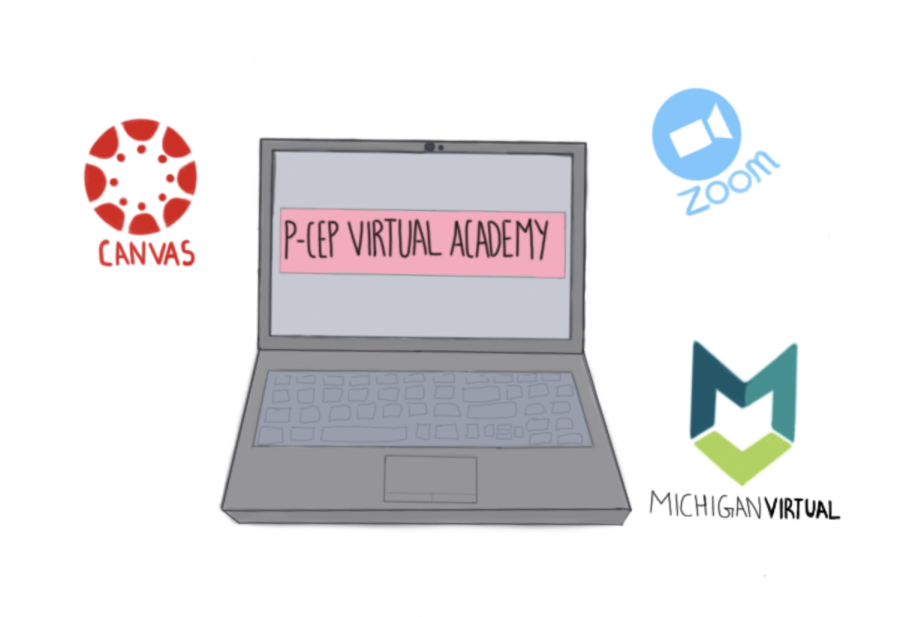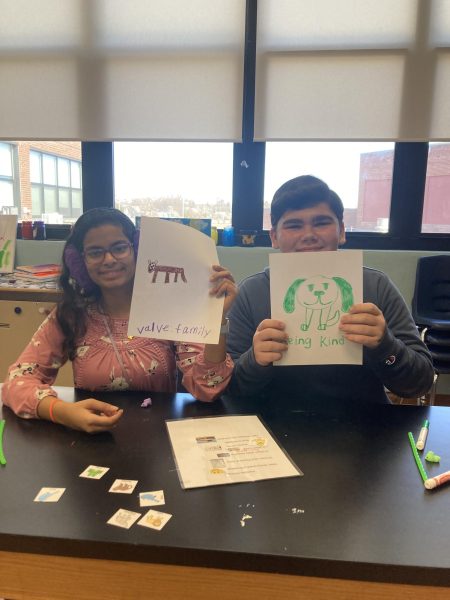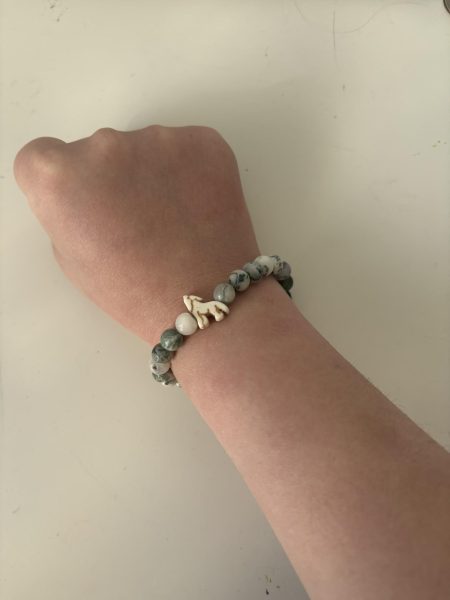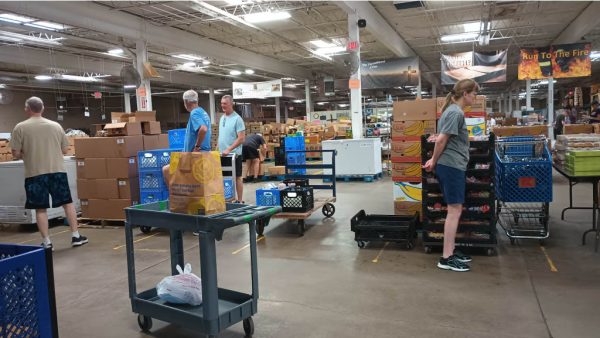Students and Teachers Face Difficulty Interacting in Virtual Academy
Retrospective: The initial year of teaching via the Virtual Academy in 2020 as of yet, made it hard for students, teachers at P-CEP to connect.
A laptop is surrounded by the logos for the main tools and software that helped students and teachers get through the virtual academy. February 11-12, 2023.
With the introduction of the P-CCS Virtual Academy during the 2020-2021 school year, P-CEP students and teachers felt that making personal attachments became more difficult.
With the COVID-19 outbreak resulting in schools closing on March 11, 2020, P-CEP, like many schools around the world, has offered online schools to prevent the worsening of the virus. The Virtual Academy is an online learning option for students, which provides the P-CCS curriculum through Canvas. Some P-CEP students still take courses virtually in the 2022-23 school year.
Asia Dubois, a class of 2022 P-CEP alumni, took virtual classes during her junior and senior years. During the COVID-19 pandemic, taking virtual classes gave students the opportunity to work from home and help out family members.
While learning virtually, Dubois found that it was hard to connect with classmates and teachers while on Zoom meetings, primarily because she experienced a lack of communication. Along with that, she encountered technical issues regarding Zoom meetings.
“There were a lot of glitches on Zoom meetings and students would often not be present,” said Dubois. “When group projects were assigned, nobody would show up. It would result in bad grades.”
Kathy Smiley, Salem chemistry teacher, has continued teaching virtually since the start of the COVID-19 pandemic. Smiley taught three virtual classes in the 2021-2022 school year, and currently teaches chemistry virtually. During the start of the pandemic, Michigan Virtual was used as the main tool for online learning. Smiley taught Earth Science on Michigan Virtual for students who still needed to take that course,, as it has since been made to be an elective.
“I didn’t really feel like I was teaching it,” said Smiley. “I felt like I was just grading everything that year.”
Rayna Gill, Salem World History and French teacher, taught virtually during the 2020-2021 school year and encountered difficulties while working in the digital format.
“I prefer teaching in-person, as it is hard to get to know the students [while] teaching virtually,” Gill said. “It’s hard to create a classroom community. Most people keep their cameras off, which makes it hard for me to connect names with faces.”
Similarly, Zachary Summitt, a Salem social studies teacher who taught virtually for a year and a half, found that students who did in-person school were generally more engaged.
“There’s a lack of engagement in terms of virtual, more than in person. I would do 100% in-person [teaching] just to see students every day. It’s such a difference,” said Summitt. “When you can ask the student a question, they can respond back to you immediately and there’s no technology barrier behind it.”
While learning through the Virtual Academy, Dubois found it challenging to communicate with her teachers.
“I think interacting with people in virtual is difficult,” said Dubois. “Some teachers genuinely don’t know how to or just don’t want to communicate through virtual.”
During the school year, Dubois noticed that some of her teachers were not putting in the effort needed to fully explain lessons and assigned work.
“Teachers won’t really break the topic and instructions for the assignment down,” said Dubois. “Mostly, teachers expect us to know what to do without even recording a video or anything. Virtual was the hardest around there.”
Although virtual learning has its challenges, the technology was relatively simple to use. With the ability to access information with just a few clicks.
Being raised in a generation where technology was being used constantly, people in this generation typically feel more comfortable with using technology compared to the people who weren’t raised in this generation.
“I think that working with technology would be easier for us in our future because we grew up in a generation where we have online [activities],” said Dubois.
Your donation will support the student journalists of Salem High School - MI. Your contribution will allow us to purchase equipment and cover our annual website hosting costs.








Jean • Feb 12, 2023 at 9:45 pm
wow. I hope this helps teachers in the future